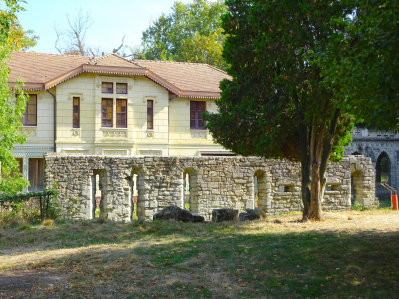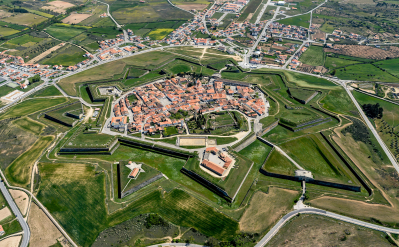Take part in the restoration of a fortress on the border between Portugal and Spain.
|
Built between the 13th and 18th centuries, the mountain-top fortress of Marvão was adapted in the bastioned style to reinforce the defense of the Luso-Spanish border.
Today, Spira, in collaboration with the municipality of Marvão, organizes an annual heritage camp with the aim of restoring and promoting this cultural heritage. Over the course of the week, you'll have the opportunity to actively contribute to the preservation of this historic site through group activities, and to discover Marvão and its neighboring villages through educational guided tours. The fortress of Marvão is part of the Rota das Fortalezas Abaluartadas da Raia (Raia Fortress Route), together with Almeida and Valença, along the 1319 km of Europe's oldest frontier.
The town of Marvão, situated 860 metres above sea level at the summit of the Serra de São Mamede, has traces of human occupation dating back to the Neolithic period. But it was between the 9th and 11th centuries that it acquired strategic importance, with the foundation of a fortification by the Moorish chieftain Ibn Marwan, from whom the name Marvão is said to derive. Its privileged location enabled it to control vast border areas, making it an important military point.
During the Christian Reconquest, Marvão was conquered by King Afonso Henriques between 1160 and 1166 and became part of the Kingdom of Portugal. The royal status granted by King Sancho II in 1226 reinforced the town's administrative and defensive importance. The medieval castle, built on ancient Roman and Islamic remains, was adapted to new military requirements over the centuries. In the 16th and 17th centuries, Marvão was transformed into a bastioned fortress, with angled walls and reinforced structures to resist artillery fire. In the 17th and 18th centuries, Baroque elements were also introduced, consolidating its defensive and symbolic value.
Although it lost its strategic importance after the end of the wars, the fortress remained an emblem of sovereignty. In the 20th century, it was declared a national monument and is now preserved as a cultural and historical heritage site. In addition to its military role, Marvão has also been a meeting point of cultures. Over the centuries, Christians, Muslims and Jews have shared this territory, and this historical and cultural richness is still visible in the architecture, local traditions and urban layout of the town, which preserves the Church of Santa Maria, the Church of Santiago and several manual houses.
|
During the week, you'll have the opportunity to actively contribute to the preservation of this historic site through group activities:
- Restoration and preservation of structures
Restoring the original level of the roadway and wall by replacing the sill with existing stone elements that have collapsed on the site. Restoration of the original level of the beams, taking care to preserve the original characteristics of the site.
- Environmental awareness and education
Participation in workshops and guided tours to raise awareness of the importance of preserving heritage in a sustainable way.
- Transforming the area and caring for its cultural heritage
Helping to restore areas by removing invasive vegetation and accumulated sediment from the site, organizing materials and equipment, and cataloguing objects.
|
Group living and accommodation
|
You'll be welcomed at Quinta dos Olhos d'Água. This place is prepared to receive guests in dormitory-style rooms, with 4 beds divided into 2 bunk beds, air conditioning, shared bathrooms and hot water. You'll need to bring your own sleeping bag and towel.
All meals are provided by Spira.
On weekdays, lunch will be taken at the Marvão municipal canteen, a 10-minute walk from the site. Breakfasts and dinners are prepared by participants on site, as are lunches on weekends.
The full program is provided free of charge.
The Almeida Heritage Camp project is financed by the POCTEP-OP4 project "A more social and inclusive Europe", and supported by Spira, the municipality of Almeida and RFAR.
|
Leisure and other activities
|
You'll have the chance to explore Marvão and neighboring towns, discover the region's gastronomy and exchange ideas and perspectives with friendly locals and internationals. Guided educational tours are planned to discover Marvão and its neighboring villages.
|
No specific skills are required to take part.
In the days following your pre-registration, the International Relations Department will contact you by e-mail to arrange a telephone conversation.
This will enable us to get to know you better and give you more details about the workcamp (organization, arrival arrangements, etc.).
You can ask us any questions you may have, and let us know what you need to make your stay as comfortable as possible.
You will then receive a roadmap summarizing all useful information about the site.
Meet us on August 10 before 6.30pm at the Comboios de Portalegre train station, 30 minutes from Marvão. The Spira team will meet volunteers and take them to their accommodation.
Travel recommendations:
From Porto:
- From Porto Campanhã, you can take the Intercities (IC) to Entroncamento, then change to a regional train (R) to Portalegre.
From Lisbon :
- From Lisboa Oriente, you can take the Intercities (IC) to Entrocamento, then change to a regional train (R) to Portalegre.
- From Lisbon (Sete Rios or Oriente), you can take a direct bus to Portalegre.
From Madrid :
- From Madrid Chamartín, you can take a train to Badajoz, then a regional train (R) to Portalegre.
|
|





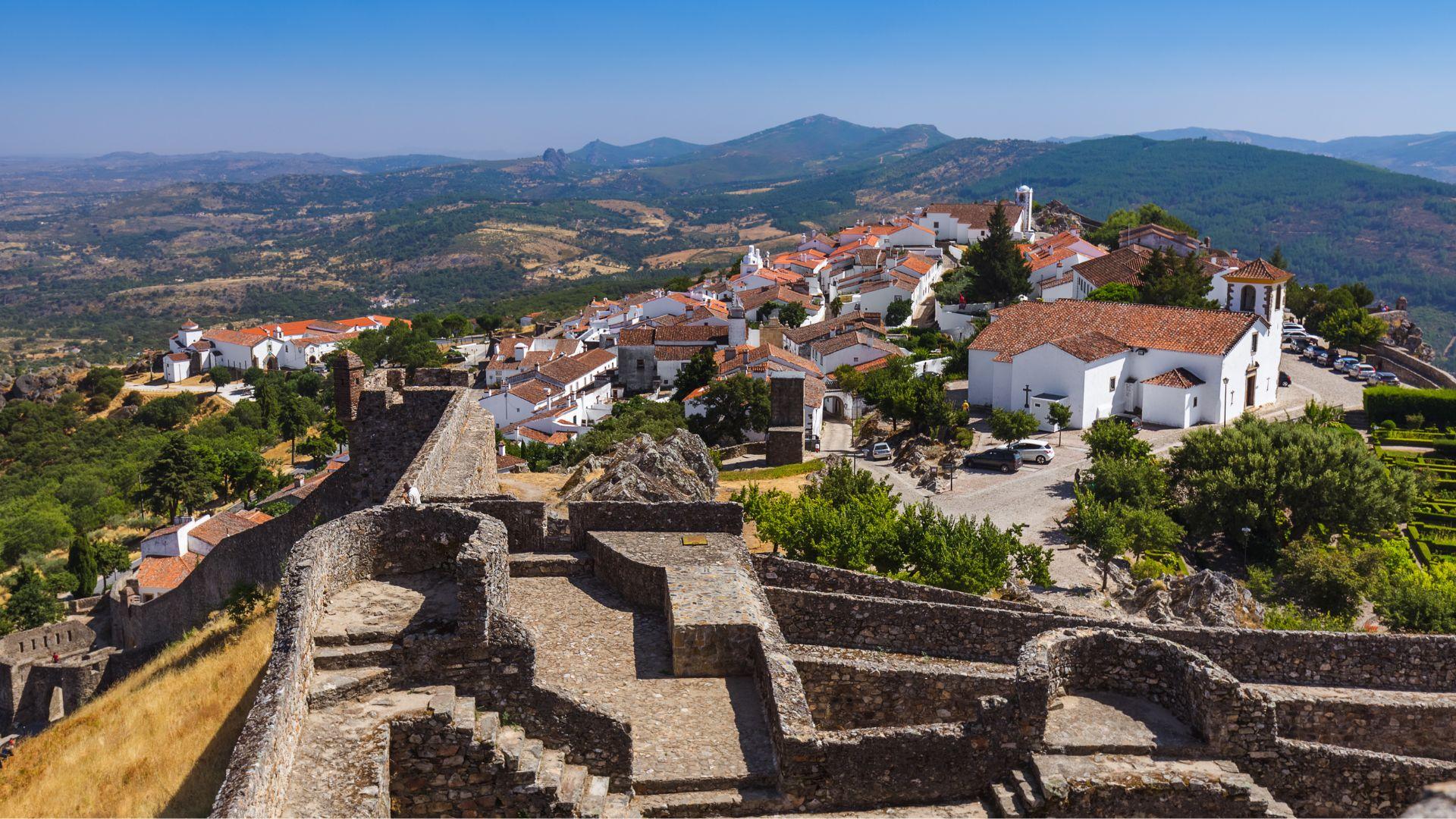
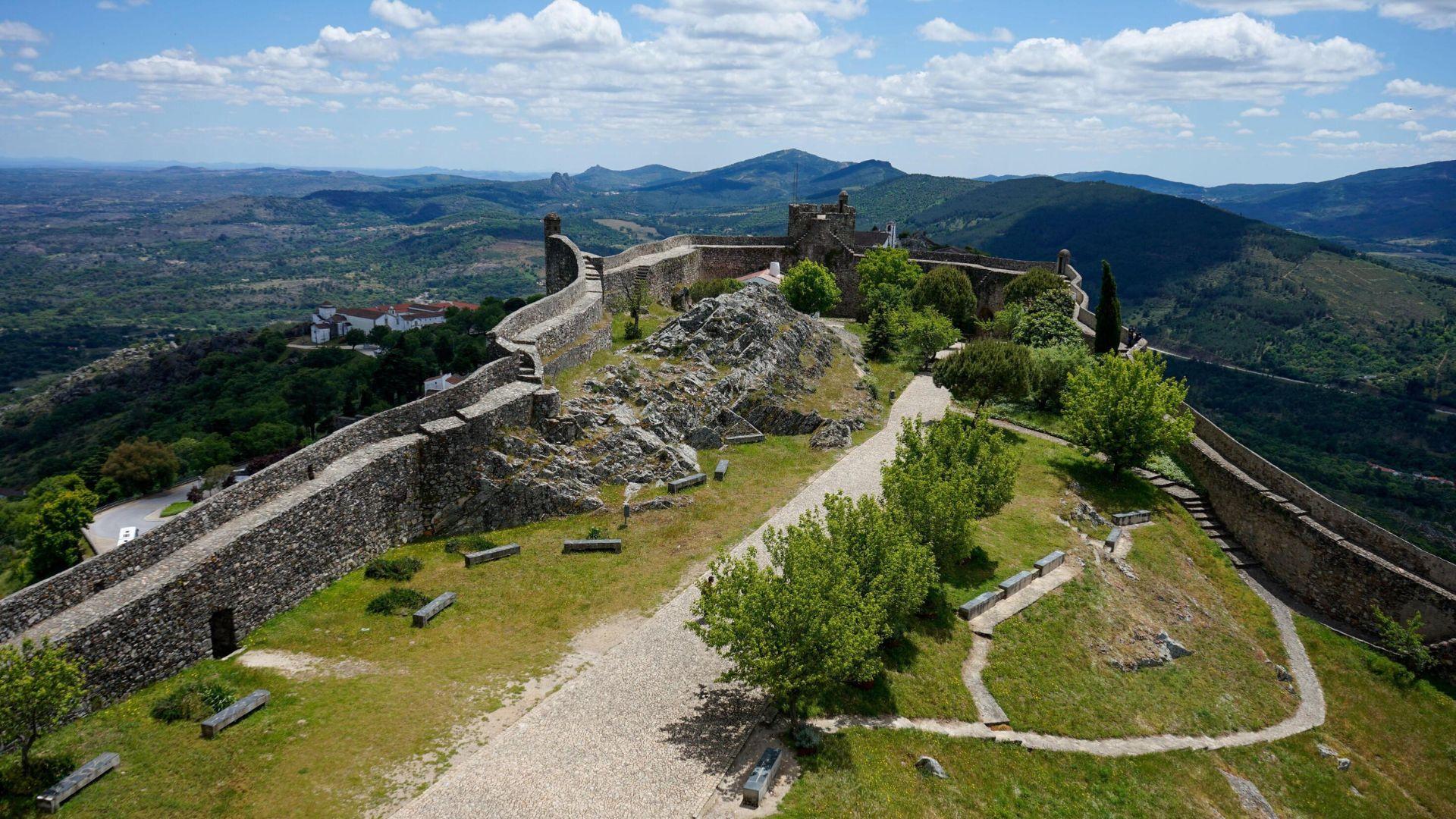
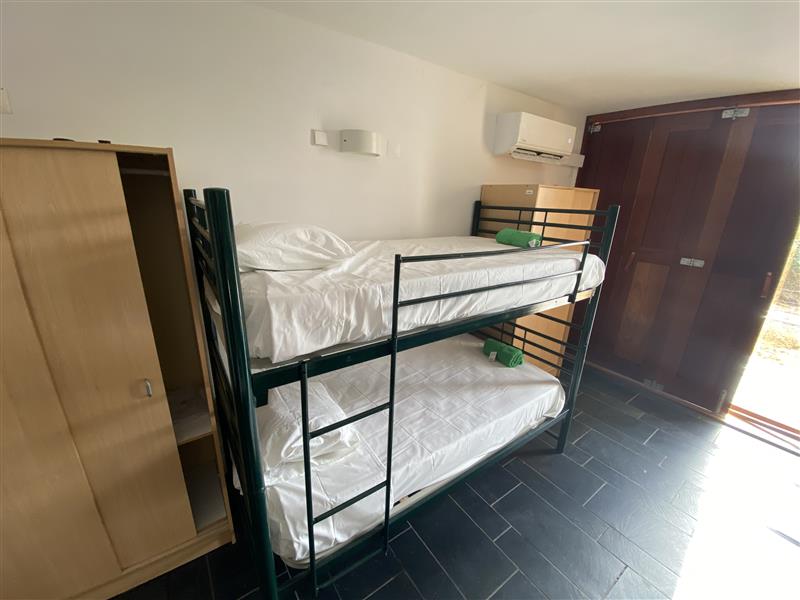

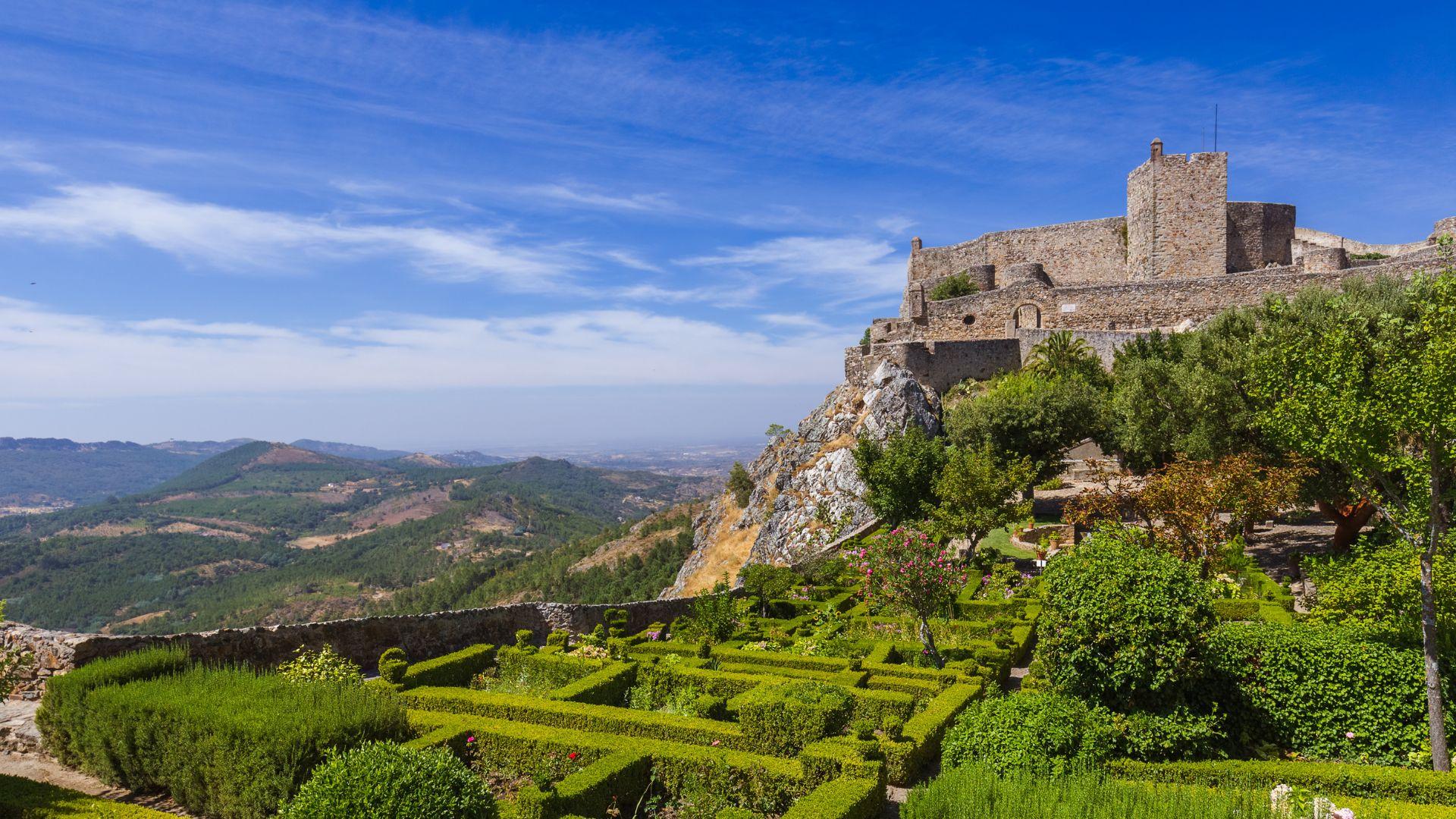
 French-English Glossary
French-English Glossary
